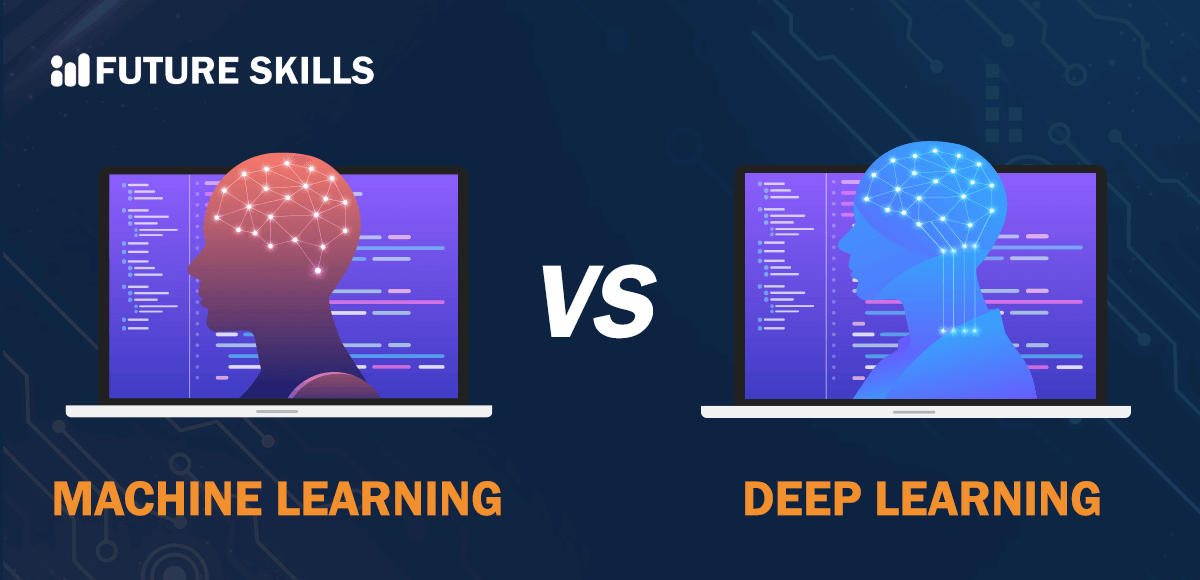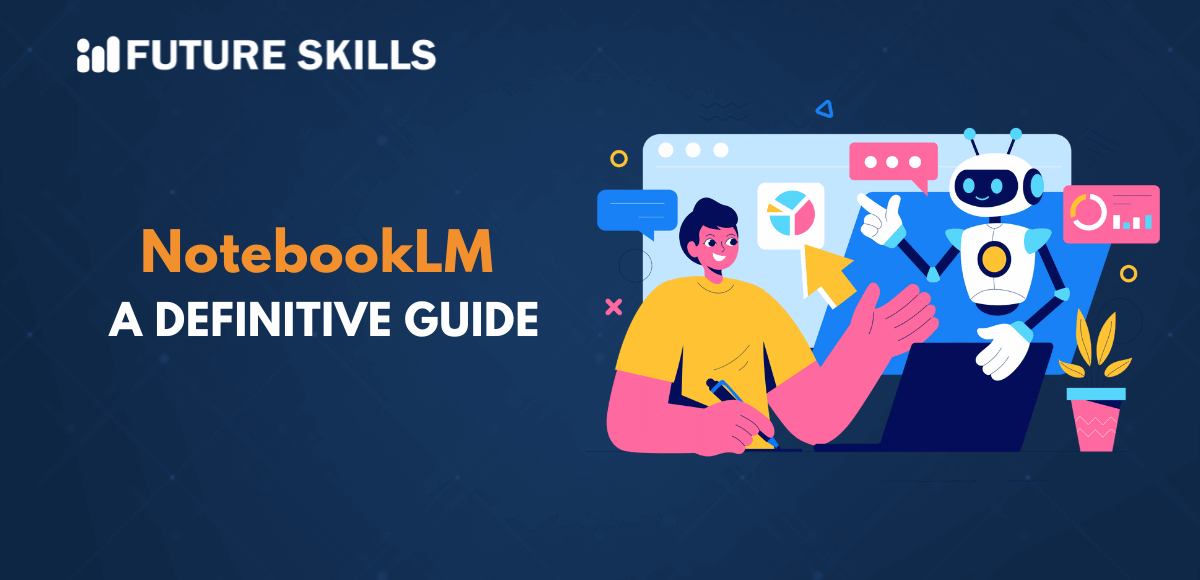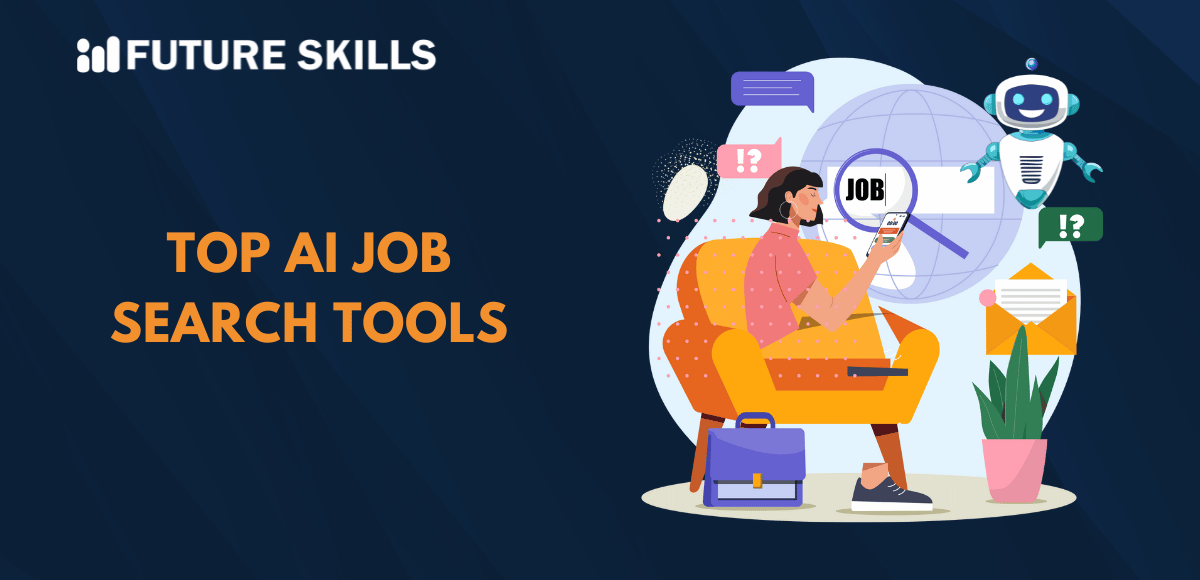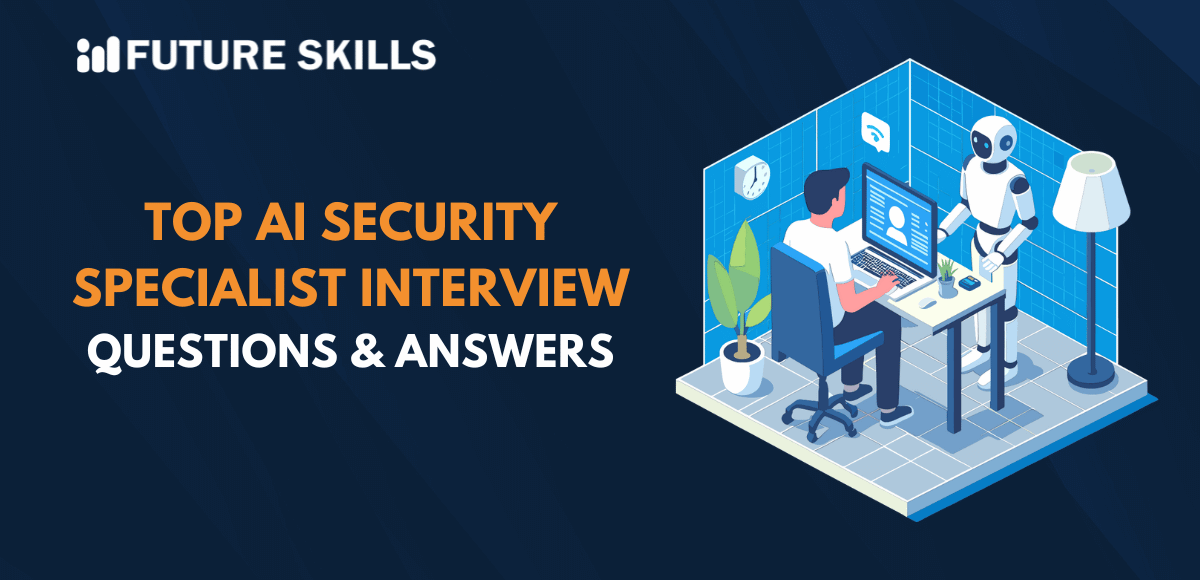Artificial intelligence has become a mainstream technology and an integral part of our everyday lives. From the personalized recommendation systems of Netflix and e-commerce stores to self-driving cars, artificial intelligence has gradually become an important part of the world around us. Do you ever wonder about what powers AI systems and applications? The core elements of AI are machine learning and deep learning, which play a vital role in simulation of human-like intelligence in machines.
Interestingly, both the terms are used interchangeably on many occasions, although they have unique capabilities and working mechanisms. It is important to understand that machine learning is a subdomain of artificial intelligence, and deep learning is a subdomain of machine learning. Let us learn more about machine learning vs deep learning comparison.
Want to gain practical skills in using OpenAI API and implementing API calls to facilitate LLM interactions, Enroll now in the Certified Prompt Engineering Expert (CPEE)™ Certification.
Origin of Confusion between Machine Learning and Deep Learning
Most of our assumptions about artificial intelligence have been based on pop culture depictions. Therefore, the lines in the machine learning vs deep learning comparison seem blurred due to the misconceptions. Artificial intelligence refers to the development of computer systems and machines that can perform tasks that would require human intelligence. Since deep learning and machine learning have been described as the technologies powering the AI landscape, they are perceived as the same entities.
While both of them are types of artificial intelligence, machine learning involves adapting to new tasks by using training data without human intervention. On the other hand, deep learning is a subfield of machine learning that leverages artificial neural networks to replicate the cognitive abilities of humans. You can notice the clear difference between them. A deep dive into the workings of ML and deep learning can offer a better foundation for comparisons.
What is Machine Learning?
Machine learning is an important subdomain of AI that focuses on developing algorithms that can help machines learn from data and make decisions or predictions autonomously. An in-depth understanding of machine learning can help you find the answers to “What is difference between deep learning and machine learning?” with ease.
Machine learning moves beyond conventional rule-based programming, which requires explicit instructions in every potential scenario. On the contrary, machine learning systems work by identifying patterns and trends from the training dataset. ML algorithms can create mathematical models that could generalize their learning approach according to new and unexpected situations.
You can come across different variants of machine learning techniques, such as supervised learning, unsupervised learning, and reinforcement learning. Supervised learning focuses on training algorithms by using labeled datasets, in which each input data point is directly related to the right output.
On the other hand, unsupervised learning involves unlabeled data, which demands that algorithms must identify the underlying structures and correlations. Another highlight in the deep learning vs ML technique points to reinforcement learning. It follows a unique approach in which an intelligent agent navigates its environment and learns through feedback in the form of penalties or rewards.
Another important aspect of machine learning is the classification of ML algorithms into deep learning and shallow learning. Shallow learning algorithms such as support vector machines, linear regression, and decision trees. The working of shallow learning algorithms is simpler, and they can learn only the linear and simple non-linear patterns in data. Shallow learning algorithms are useful for resolution of relatively simple problems, such as sales forecasting, spam detection, and recommendation systems.
Level up your ChatGPT skills and kickstart your journey towards superhuman capabilities with Free ChatGPT and AI Fundamental Course.
What is Deep Learning?
Deep learning is an advanced subdomain of machine learning focused on replication of the structure and functionality of human brain. The primary working mechanism of deep learning revolves around the use of artificial neural networks. The networks have been made with interconnected layers of neurons that can process information in a hierarchical manner.
You can understand the difference between machine learning and deep learning by exploring how each layer functions in deep learning. Every layer in the deep learning architecture can extract more complex features from the input. Therefore, deep learning models can capture intricate abstractions and patterns.
Deep learning considers algorithms that can analyze data with a logical structure as something similar to the thinking process of humans. Deep learning models can achieve this by utilizing supervised and unsupervised learning techniques. The working mechanism of deep learning applications revolves around using a layered structure of algorithms known as Artificial Neural Networks.
As a matter of fact, the machine learning vs deep learning confusion can be eliminated by referring to ANNs. The design of ANNs is similar to the biological neural network in the human brain. Therefore, the training process of deep learning models makes them more capable of new tasks than conventional machine learning models.
You can use an example of ANN to understand how they work. You can find three types of layers in artificial neural networks: the input layer, the output layer, and the hidden layer. The hidden layers are found in the middle because their values are not visible in the training set. In general terms, the hidden layers are calculated values utilized by the network to work out their wonders. With more hidden layers, a network would become deeper. As a matter of fact, any artificial neural network with two or more hidden layers can be a deep neural network.
Deep Learning has Achieved New Milestones
Deep learning has found applications in different areas, thereby making it one of the popular AI technologies. In the domain of automated driving, deep learning helps in detection of objects, such as pedestrians and STOP signs. The comparison between machine learning and deep learning also emphasizes how the military utilizes deep learning to differentiate objects from satellites. The examples of deep learning have become prominent highlights in the consumer electronics industry. For example, smart assistant devices like Amazon Alexa use deep learning algorithms to respond to user’s voice requests and understand their preferences.
Convolutional Neural Networks or CNNs and Recurrent Neural Networks or RNNs are some of the renowned deep learning architectures. Convolutional Neural Networks are the ideal choices for processing grid-like data, such as videos or images, by implementing convolutional filters. The convolutional filters can help in identification of spatial relationships between the pixels. On the other hand, Recurrent Neural Networks are tailored for managing sequential data, such as speech or text. RNNs work through maintenance of hidden states that encompass the previous time-step inputs.
What are the Differences between Machine Learning and Deep Learning?
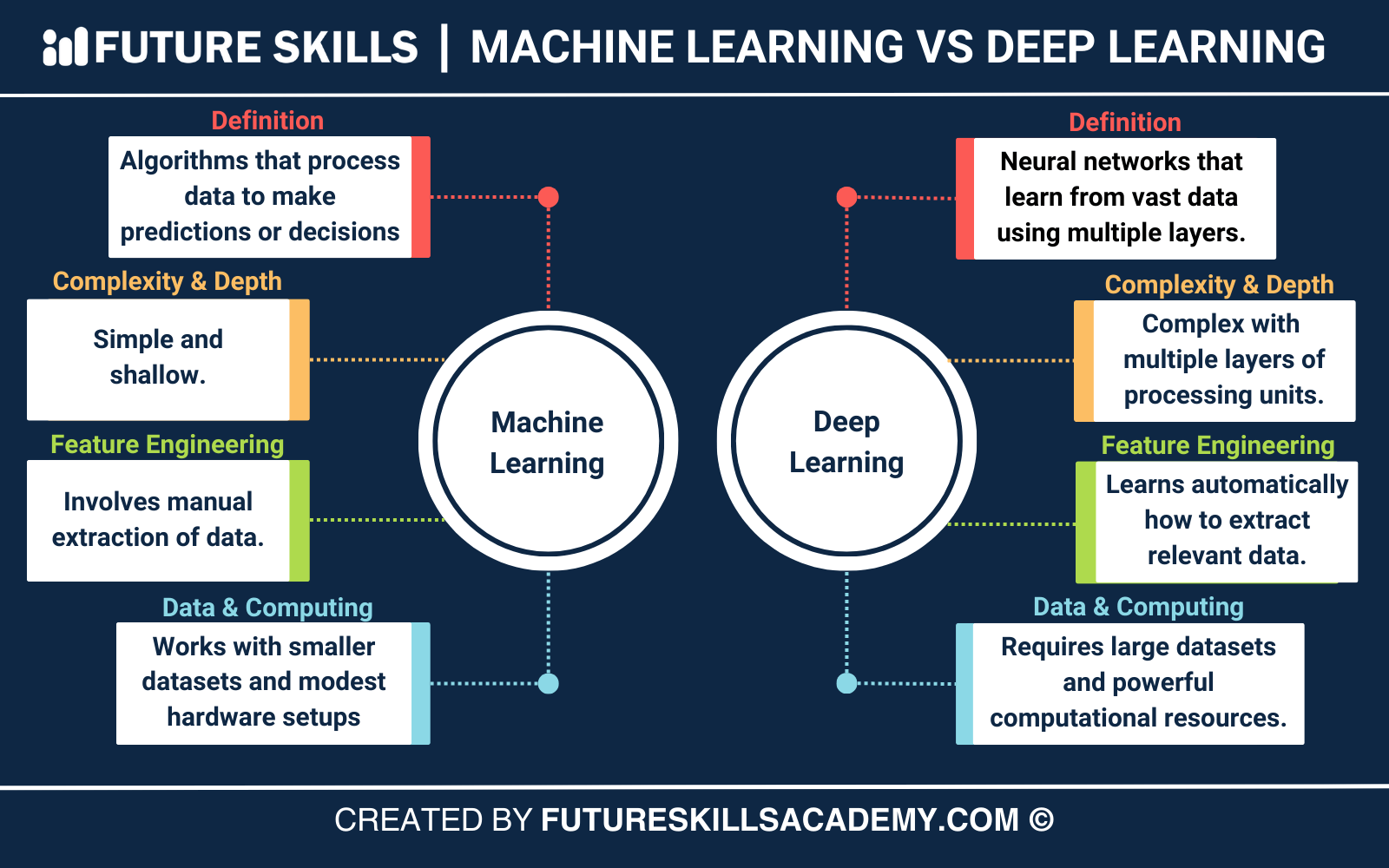
Deep learning might be a subdomain of machine learning. However, you can find prominent differences between deep learning and machine learning on the basis of diverse parameters. Here is an overview of machine learning vs deep learning comparison.
-
Complexity and Depth
The first response to “What is the difference between machine learning and deep learning?” draws attention to their complexity and depth. Machine learning algorithms are considerably simple and shallower. On the other hand, deep learning involves multiple layers of processing units that help them learn the complex representations in massive volumes of data.
-
Feature Engineering
Feature engineering has always been a crucial aspect of model performance in the domain of conventional machine learning. The feature focuses on manual extraction of features from data that may require domain expertise and a lot of time. On the other hand, the difference between machine learning and deep learning suggests that deep learning algorithms learn automatically. They don’t need manual feature engineering to extract desired features from raw data.
-
Data and Computing Resources
Deep learning algorithms work with artificial neural networks and need large amounts of data. On top of it, the computationally intensive working of deep learning requires powerful hardware. Deep learning models have more parameters to learn, and insufficient data can lead to problems such as overfitting. On the contrary, machine learning can use smaller datasets to provide relevant results. Machine learning algorithms can work with the help of modest hardware, thereby serving as useful for smaller-scale applications.
Final Words
The review of the deep learning vs ML comparison showcases that both of them play a distinctive role in shaping the AI landscape. It is important to understand the differences between them to determine how they would influence the future of AI. Most people think that both of them are the same technologies. However, machine learning involves the use of algorithms, while deep learning leverages neural networks to replicate human intelligence.
The significance of machine learning and deep learning cannot be questioned as they serve distinct use cases. On the other hand, awareness of the differences between them helps in understanding how you can leverage the best of the technologies. Explore the distinct functionalities of deep learning and machine learning in more detail.

